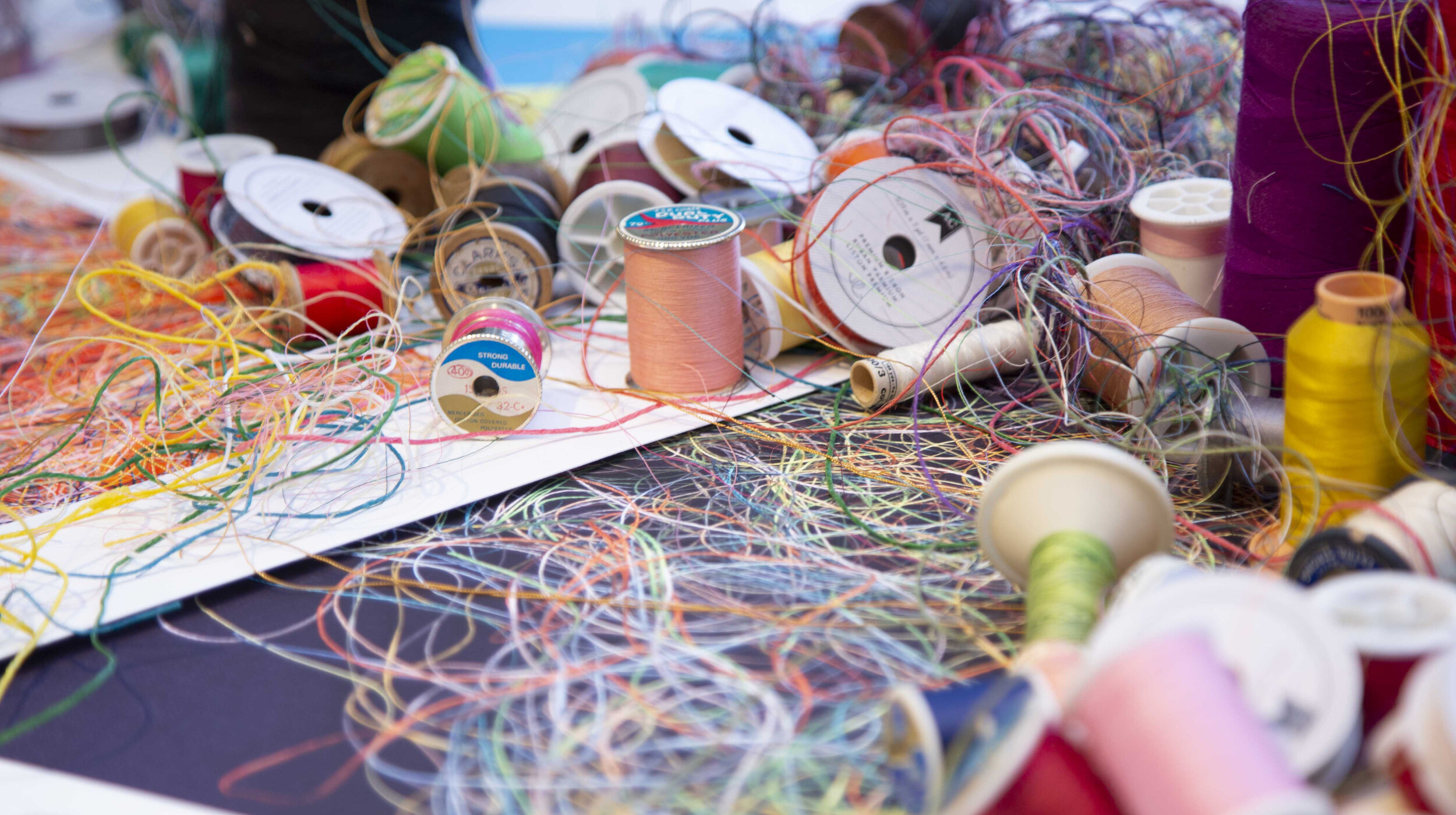
BLOG
ARTISTS’ THINGS: 1929 René Lalique Gui Vase
I grew up with this Lalique vase in the entryway to our home. It was one of several pieces that my Grandmother bought in Paris in June of 1929. I know this because my father told me. The time of the purchase seemed significant as it was only a few months before THE CRASH. Later I discovered a receipt, which seems to be about the delivery of several other Lalique items — an ashtray, a box, and a perfume bottle — to her room at Hotel Crillon.
FROM FARM TO CANVAS: Painting the Rural Landscape Slant
I live in a very rural part of New York State surrounded by farms. The landscape influences my work, but not always in the ways you might imagine. I pass this farm on a back road to the next town. I have stopped a few times to photograph it. What I really love is how the corn crib looks in front of the silo. It is a curved grid in front of a curved grid. In this photo it appears quite abstract. I love a subject that is completely real and seems completely abstract.
THE GRID PROJECT - PART THREE : Translating into Paint
From the start, I knew that I wanted to make paintings from the broken television "grid" photographs, but they posed a lot of technical difficulties. To begin with, I paint in oils. Making a clean stripe in oil is more difficult than with acrylic paint. With acrylics you can mask out your stripes with tape and then seal it with a clear acrylic layer, then add your color and it won't bleed. That pretty much insures that you will have a sharp edge.
ABSTRACT OR REPRESENTATIONAL : Depends on the Source of the Light
My paintings are about light.
When I paint representationally and I am about the business of rendering light, I often choose a subject that is backlit. It seems to offer the most extensive and complex qualities of light - light on a surface, passing through a surface, reflecting off of a surface, often highlighting transparency, translucency, reflection, or glitter.
18TH CENTURY JAPANESE SCREEN
Several years ago as I crossed the Mall in Washington on my way back to my hotel, I decided I had to duck into the Freer Gallery of Art and Arthur M. Sackler Gallery, part of the Smithsonian, and see the Asian work there. On display was the Price Collection, on loan from Los Angeles. The first piece I saw as I entered the exhibition was "Pine and Plum Trees in Snowstorm" by Katsu Jagyoku, the 18th Century Japanese artist.
The room was dimmed and soft light fell on an enormous screen with branches and falling snow. I felt completely enveloped by the piece. I had both a calm and emotional response to it, a feeling that has stayed with me to this day.





